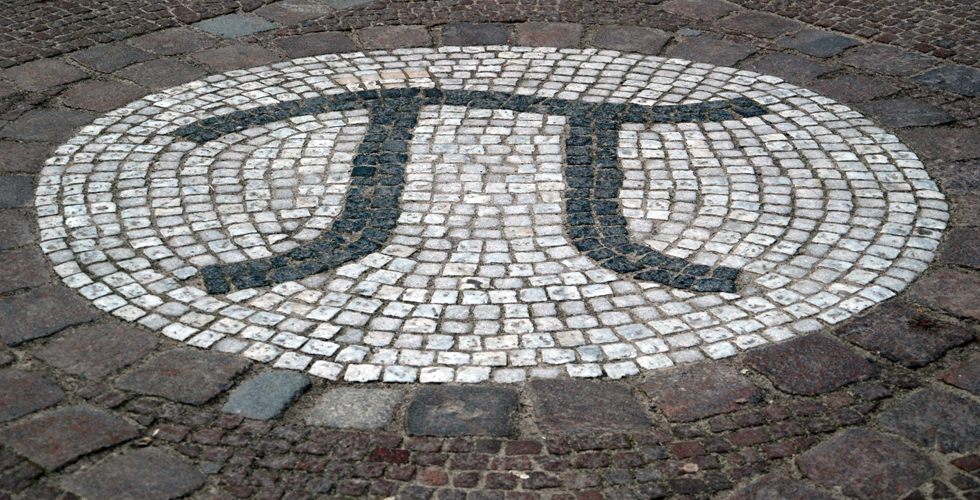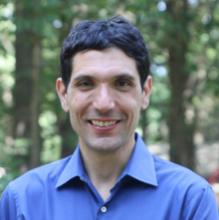Pi Day Music, Einstein's Birthday, and March Madness Math

(Inside Science) -- Today is March 14, or 3/14, celebrated by math lovers around the world as Pi Day, after one of the most important and powerful numbers in all of nature. It's celebrated today, because pi is equal to the first three digits, to 3.14. Pi is the number that you get if you divide any circle's circumference -- the distance around the circle -- by its diameter -- the distance from one point on the circle through its center to the opposite end.
Named after the sixteenth letter of the Greek alphabet, π, pi is one of the richest mathematical constants in nature, as the decimals go on infinitely. Here are just a first few: 3.1415926535897932384626. A pastime among youth and adults alike is to memorize all the digits of pi. Lu Chao holds the Guinness-recognized world record for reciting 67,890 digits in 2005 while in his early 20s as a graduate student in China. Retired engineer Akira Haraguchi of Japan claims to have memorized 100,000 digits of Pi, though it has not been confirmed by the Guinness folks.
To celebrate Pi Day, we at InsideScience have something special for you. Pete Reppert, one of the web developers who brings you InsideScience.org (and is involved in developing some exciting new upgrades and capabilities for the site in the months ahead), has put together a beautiful piano-based musical piece that uses the first 18 digits of Pi and beyond to construct melodies and chords. You can hear his piece after the jump!
Pete has made this song free to stream, download, and to share.
How does Pete make use of pi in this musical piece? In the first part of the song, he uses the digit 0 as a rest, with the numeral 1 representing the note C, 2 is D, etc. Pete constructs melodies based on the relationship between C (which is the key of the song) and the digits of pi, with 3 representing the note E, 1 representing C, and 4 representing F, etc. (Jazz fans may be interested to learn that the digit 9 represents the note D, once again, which is the basis of the rich 9th chords used often in jazz.)
In the second part of the song, Pete uses the digits of Pi to create clusters of notes, or chords. One example Pete uses is 145, which contains the notes C, F, and G, and provides a chord known as Csus4. The electronic part towards the end consists of a repeat of the notes 26535 and 879323 with the notes spread across the keyboard, tied together, and played as a continuous stream of notes.
"While I definitely made choices for the sake of musicality," Pete writes, "good old Pi should be evident throughout."
Please leave your comments and impressions of Pete's piece here! And we welcome you to make up your own Pi compositions!
Today is also Albert Einstein's birthday. Einstein was born 133 years ago today in Germany. However, his discoveries and insights in physics are still constantly discussed today. In his theory of special relativity, he postulated c, or the speed of light in vacuum (roughly 186,000 miles, or 300,000 meters, per second) was the fastest that anything can travel. Last fall, researchers in Europe reported evidence that a subatomic particle called a neutrino, seemed to be traveling from a Switzerland experimental facility to detectors in Italy faster than the speed of light. But the team recently reported some errors in their experiment, and so Einstein's results are vindicated once again.
Finally, the NCAA Men's Basketball Tournament, or March Madness, kicks off its "First Four" games tonight. March Madness is a rich source of mathematics investigation for a number of reasons, and we have been covering them here, from an Inside Science News Service story on making the 67-game schedule as efficient as possible, and an Inside Science TV piece on using math knowledge to make intelligent predictions on the winners of the tournament.

